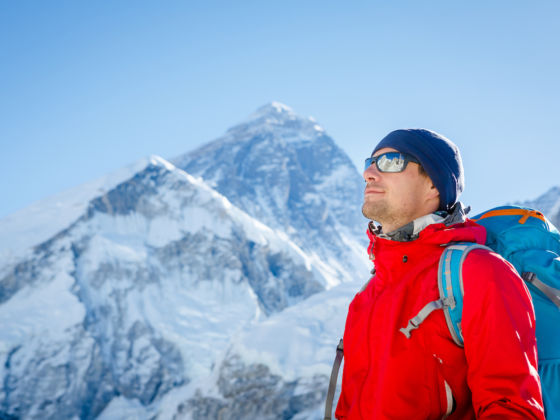Trekking in the Himalayas or the Andes is on many travelers’ bucket lists. A high-altitude trek is a fantastic experience — and, for many of us, the chance of a lifetime to see some of the world’s most awe-inspiring peaks. From a hike in Patagonia to a long-distance trek in the Dolomites, preparation for the high altitude is vital.
Altitude sickness, caused by the lack of adequate oxygen at higher elevations, can ruin your experience and dash dreams of reaching your goal. That said, your body can react to lower oxygen levels and adapt through acclimatization — but it’s vital to be as prepared as possible before you go. Here are a few steps you can take in preparation to help lower your chances of feeling the full effects of this health condition.
